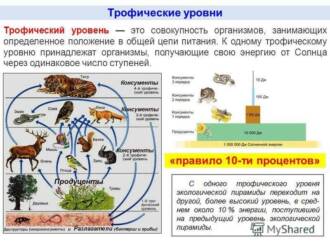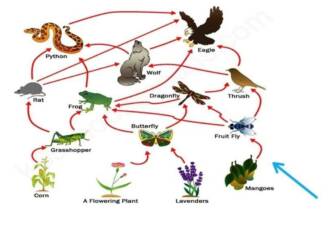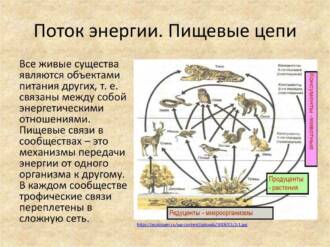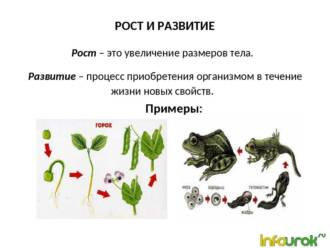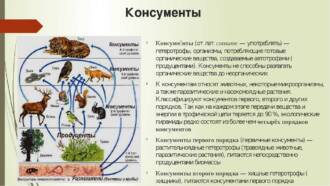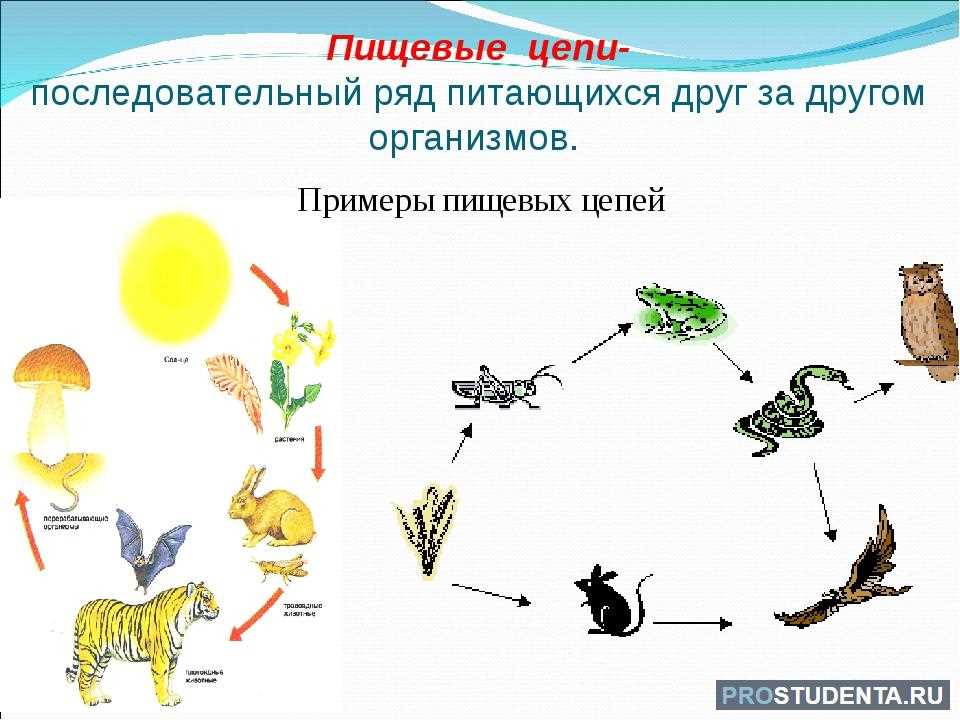
Butterflies are one of the most beautiful creatures of nature. Their varied colors, patterns and shapes have attracted the attention and admiration of people since antiquity. However, in addition to their aesthetic value, butterflies play an important role in the food chain and the biodiversity of the surrounding world.
As you know, butterflies are one of the main pollinators of plants. They carry pollen from one flower to another, facilitating pollination and the formation of new seeds and fruits. Without the participation of butterflies, many plants would not be able to reproduce and maintain their populations. Thus, butterflies play an important role in the conservation and diversity of the plant world.
In addition, butterflies are a food source for many other living organisms. Butterfly larvae serve as food for birds, mammals, reptiles and other predators. Adult butterflies also enter the diet of birds and insectivores. In this way, butterflies participate in the food chain, providing food for other species and maintaining the ecological balance.
In conclusion, butterflies play an important role in the life of nature. They are not only beautiful and amazing, but also serve as pollinators and a food source for other organisms. The conservation and diversity of butterflies is of great importance for the biodiversity and ecosystems of our planet.
The role of butterflies in the food chain

Butterflies play an important role in the food chain, being a food source for many animals. They are excellent food for birds, bats and other mammals.
Variety of butterfly species provides a variety of food resources for predators. Some species of butterflies are poisonous and have bright colors that serve as a signal to predators that they are toxic. Such butterflies are protected from predators and play an important role in maintaining biological balance.
Butterflies are also plant pollinizers.. They carry pollen from one flower to another, contributing to pollination and plant reproduction. Without the participation of butterflies, many plants will not be able to carry out the process of pollination, which will lead to a decrease in their population and a decrease in biodiversity.
However, global climate change and anthropogenic activities have a negative impact on butterfly populations. The destruction of their natural habitat, the use of pesticides and environmental pollution lead to a decrease in the number of many species of butterflies.
Therefore, the conservation of butterflies and their natural habitat is an important task for the conservation of ecosystems and biodiversity of our planet.
The value of butterflies in the life of nature

Butterflies play an incredibly important role in the life of nature. They are one of the main pollinators of plants, ensuring their reproduction and biodiversity conservation. Through the process of pollination, butterflies promote the formation of new seeds and fruits, which is the basis for the continuation of the life cycle of many plants.
In addition, butterflies serve as food for many other animals. They are a food source for birds, frogs, lizards and many other predators. Thanks to this, butterflies occupy an important place in the food chain, maintaining a balance in the ecosystem.
Butterflies are also indicators of the ecological state of the environment. Their presence or absence may indicate the quality of the ecosystem and indicate the presence or absence of certain plant and animal species. Thus, the study of butterflies allows you to assess the state of the natural environment and take measures to preserve it.
It is important to note that butterflies are an excellent object for observing and studying nature. They have unique colorful colors and a variety of shapes, making them important members of biodiversity. Butterflies attract people's attention and inspire care for nature and its conservation.
Butterfly species and their impact on the ecosystem

Butterflies are colorful insects that play an important role in the ecosystem. There are a large number of species of butterflies, each of which has its own characteristics and affects the environment.
1. Dust collectors

Dust moths are one of the most common groups of butterflies. They play an important role in the pollination of plants. When a pollen lands on a flower, the pollen sticks to its body and is transferred to other flowers, facilitating their pollination and reproduction.
2. Caterpillars
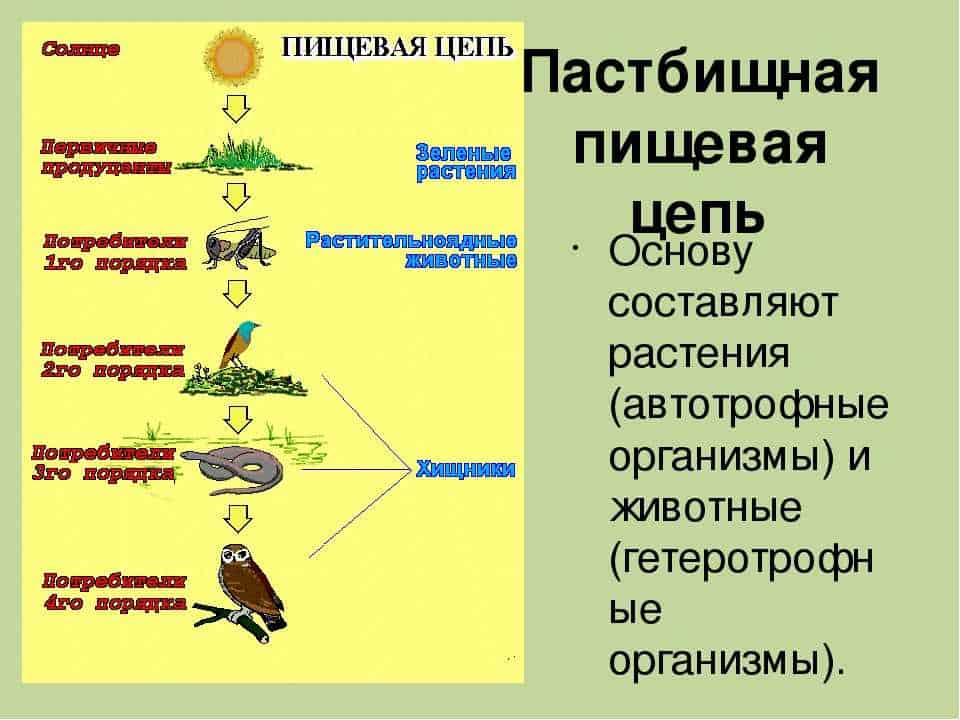
Caterpillars are the first stage in the life cycle of butterflies. They feed on plants, which can have a significant impact on their distribution and growth. Some caterpillars can be crop pests, but most species play an important role in the food chain, serving as food for birds, frogs and other animals.
3. Butterfly migration
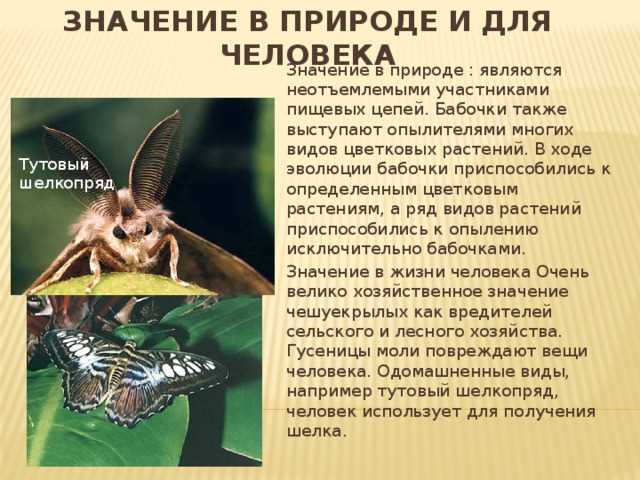
Some species of butterflies are known for their ability to make massive migrations over long distances. For example, monarchs migrate thousands of miles from North America to Mexico. This phenomenon is important for biodiversity, as it allows species to spread and provide new habitats.
In general, butterflies are an important link in the food chain and the balanced functioning of the ecosystem. They pollinate plants, serve as food for other animals, and allow species to spread over long distances. Therefore, the preservation of their habitats and biodiversity is an important task for nature conservation.
The feeding process of butterflies and their role as pollinators
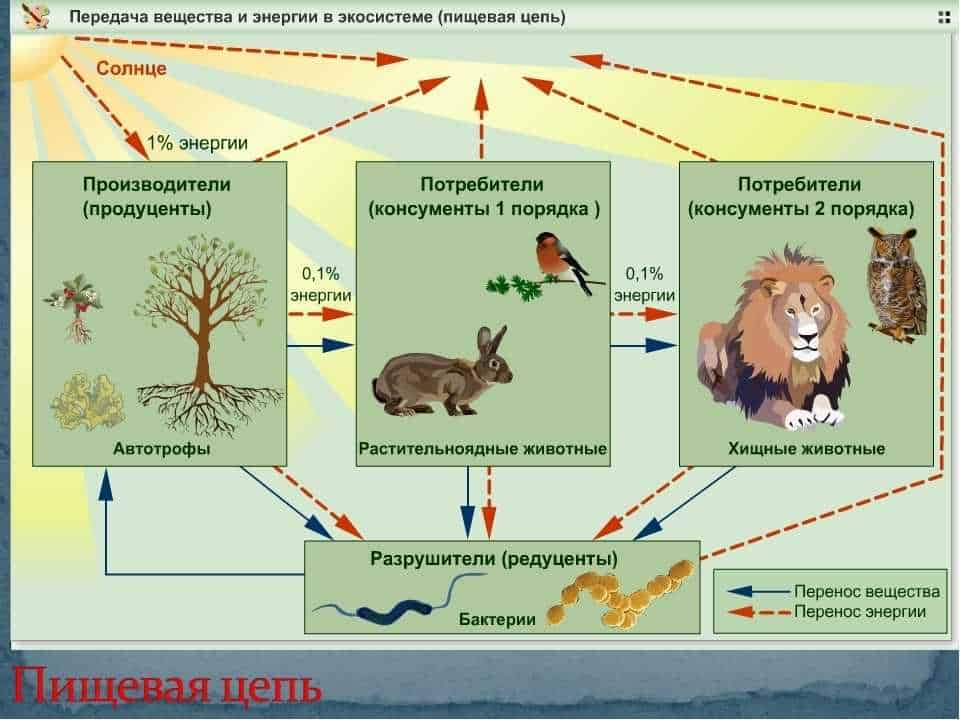
Butterflies are one of the most graceful and delicate creatures of nature. They have a unique feeding process, which includes not only food intake, but also plays an important role in plant pollination.
The main source of nutrition for butterflies is flower nectar. They use their long, thin proboscis to reach the nectar that is inside the flower. Through this process of nutrition, butterflies receive the energy they need to survive and reproduce.
However, in the process of feeding, butterflies play another important role - the role of pollinators. During their visits to flowers, butterflies unconsciously transfer pollen from one flower to another. This helps plants reproduce and ensures genetic diversity in the plant world.
Butterflies are efficient pollinators as they often visit a large number of flowers in a short amount of time. They can fly long distances in search of food and in doing so carry pollen from different plants. This contributes to the pollination of different plant species and helps them to reproduce.
Thus, the feeding process of butterflies is important in nature. They not only receive energy for their life activity, but also help plants to multiply. Without the participation of butterflies in the food chain, many plant species would not be able to reproduce and maintain the biological balance in the ecosystem.
Interactions of butterflies with other organisms
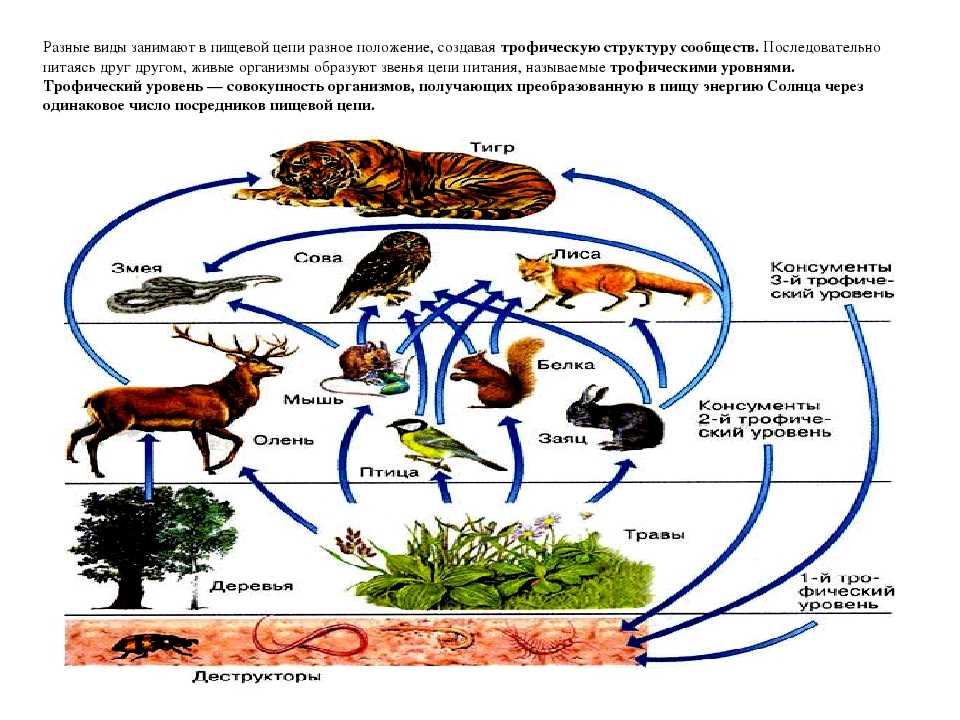
Butterflies play an important role in the food chain and interact with various organisms in their environment. One of the key interactions is the interaction of butterflies with plants. Butterflies are pollinizers and help in spreading pollen between plants. They collect the nectar found in the flowers and in doing so carry the pollen on their bodies. When a butterfly flies to another plant, pollen can get on its stigma and pollination occurs. In this way, butterflies contribute to the reproduction and diversity of plants.
The interaction of butterflies with predatory insects is also an important aspect of their lives. Butterflies are prey for many predatory insects such as spiders, wasps and beetles. Predators often use the butterflies' characteristic color cues to determine if they are poisonous or unsuitable as food. For example, the bright colors and patterns on the wings of butterflies can serve as a warning to predators about the presence of toxic substances in their bodies. This is a defense mechanism that allows butterflies to avoid getting into the mouth of a predator and keep their lives.
Interaction of butterflies with parasitic insects is also common. Some species of butterflies are hosts for parasitic insects such as parasitoid caterpillars. Parasitoid caterpillars lay their eggs on the butterfly caterpillar. After hatching, parasitoid larvae begin to feed on the tissues of the caterpillar, which ultimately leads to its death. Thus, butterflies become victims of parasitism and play an important role in the biological control of insect populations.
Threats and protection of butterflies in nature
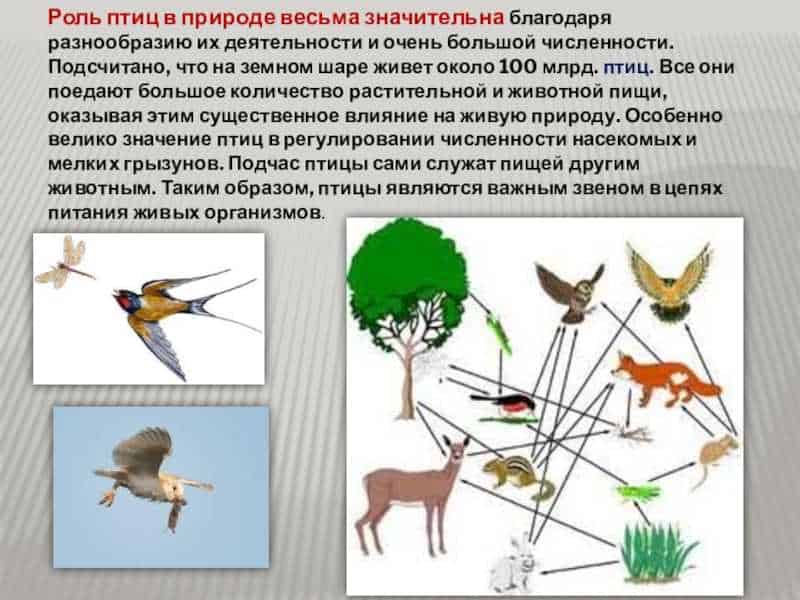
Butterflies are a vulnerable group of insects and are subject to various threats in nature. One of the main threats is the loss of habitats due to the destruction of natural ecosystems. Human activities such as deforestation, land development and the use of pesticides reduce the area where butterflies can breed and feed.
The second major threat is climate change. Global warming and changing weather conditions can affect the development of butterflies. Changing temperatures and rainfall can lead to shifts in the distribution of plants that butterflies rely on for their existence. This can lead to a decrease in the number and diversity of butterflies.
To protect butterflies in nature, it is necessary to take measures to preserve and restore their habitats. This may include implementing programs to plant wild flowers and plants that serve as a food source for butterflies, and establishing sanctuaries and protected areas where they can breed and live without human interference.
It is also important to limit the use of pesticides and other harmful chemicals that can harm butterflies and their habitats. It is necessary to carry out educational programs and promote a conscious attitude towards nature, so that people understand the importance of butterflies in the ecosystem and take measures to conserve them.

